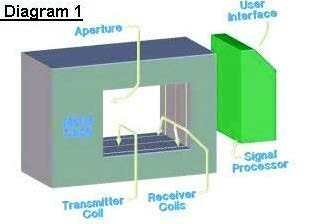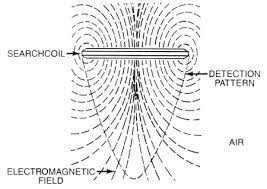Error de formato de correo electrónico
emailCannotEmpty
emailDoesExist
pwdLetterLimtTip
inconsistentPwd
pwdLetterLimtTip
inconsistentPwd

Metal Contaminants in Food: Is It Just a “Phase?”
Metal Contaminants in Food: Is It Just a “Phase?”
Conventional food metal detectors—which are used throughout the food processing industry to keep products safe for consumers—use a product compensation technique called “phasing” to ignore magnetic and conductive product effects. Product effect occurs when a product has a conductive property that affects the magnetic field generated by the metal detector. This is typically found in high-salt, high-moisture products. And it can be a challenge to food safety.

Food metal detectors help find small particles of ferrous, nonferrous and stainless steel with equipment that uses coils wound on a nonmetallic frame and connected to a high-frequency radio transmitter. When a particle of metal passes through the aperture, the electromagnetic field is disturbed under one coil, changing the output signal by a few microvolts. The output is used as an indicator that metal is present.

With phasing, anything passing through the metal detector with a known ratio of magnetic to conductive signal below a threshold is ignored, because it is the product effect and not a piece of metal. The problem is that the signals generated in a metal detector by random pieces of metal can vary substantially. Eventually, their phase angle exactly matches up with the product phase angle. Because the metal signal is so small in relation to the product, the metal goes undetected.
If you’re looking for a piece of stainless steel hidden in a piece of cheese, for example, you could vary the frequency a bit (this separates the product and metal phase angles) and detect it, but that could mean that you won’t see a different size of stainless steel, because this contaminant phase angle lines up exactly with the cheese. So, the problem isn’t fixed; it just moved somewhere else. It’s like patching a hole in your roof and then drilling a new hole in a different place. Water still comes in. This is a very subtle but important real-world problem, because no single-frequency metal detector ever has perfect detection. Adding a second fixed frequency makes things a little better, but in the end you still have holes in your roof.

The best way to overcome this challenge is to use additional frequencies. If one frequency means a piece of metal is phased out, another frequency detects it, and vice versa. Because there are many frequencies running at one time, there are always backups.
This is the premise behind the newest breakthrough in food metal detector technology. Food metal detectors that are equipped with new multiscan technology enable operators to pick a set of up to five frequencies from 50 kHz to 1,000 kHz. The technology then scans through each frequency at a very rapid rate, effectively acting like five metal detectors in one.
Running five frequencies helps to get the machine close to ideal for any type of metal you might encounter. Sensitivity is optimized, since you also have the optimal frequency running for each type of metal of concern. As a result, the probability of detection goes up exponentially and escapes disappear.

